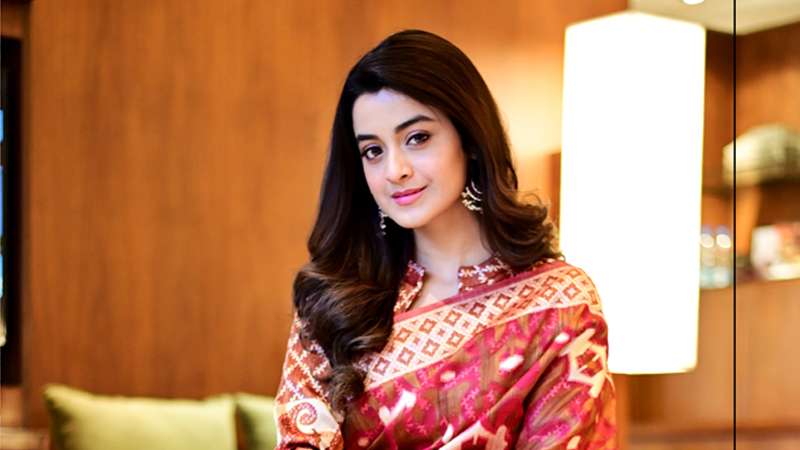
SILK SARI – THE INDIAN FASHION
Production of LAKKARS Couture Silk Saris is done naturally as well as commercially, through a process known as Sericulture. Also known as Silk Farming, sericulture refers to rearing of silkworms (usually at a commercial scale) for silk production. It is an important cottage industry in many Asian and European countries. China, India and Japan are major producers of silk. Although silk, in our minds, is most popularly associated with mulberry silk worm Bombay Mori, varieties of silk yarn can be produced by many other insects as well.
Wild silk is a popular silk variety. It is difficult to obtain than the commercially produced silk yarn, but is prized for its ravishing texture. Tussar silk is a variety that is produced from non-mulberry source. Munga silk is another variant that is popular for its resilient golden-yellow silk yarn. Other non-mulberry variants are Eri Silk, Anaphe Silk, Mussel Silk, Spider Silk, Coan Silk and Fagara Silk.

Once you understand the importance of Sari in the Indian culture, it is not really difficult to understand the magnanimity of the Silk Sari – the most glorious and most loved among all the sari types. Silk is the most loved fabric, and is considered absolutely grand. So, all the special saris are supposed to be in – no surprises there – lush silk. Rightfully, an Indian woman’s wardrobe or wedding trousseau is incomplete without silk saris. Silk Saris are a part of every special occasion in India. They are worn on weddings, and are gifted on key events. They are even treasured and saved for generations. During weddings, mothers, grandmothers, grooms gift rich, heirloom silk saris, along with the wedding jewels. Considered as sacred and auspicious, silk saris are even offered to the revered Goddesses and to respectable women relatives. Such is the importance of silk saris in India! This tradition may vary slightly in every region of India, but it manifests, in some or the other form, in every part.



Migratory weavers also developed another popular and frequently used silk fabric – Jamewar or Jamawar. This silk fabric had many prominent woven motifs. States of Jammu/ Kashmir and many parts of Pakistan now produce the finest Jamewar silk. Jamawar saris and shawls (made in Varanasi too) are highly prized, but each ‘real’ one of them takes meticulous efforts of over 3-4 months to be made.

Magazine launched for helping women for success. Lakkars has always served and worked efficiently towards women empowerment, we have blossomed into America’s most-read fashion magazine.



Pretty! This was an extremely wonderful post. Many thanks for supplying this info.